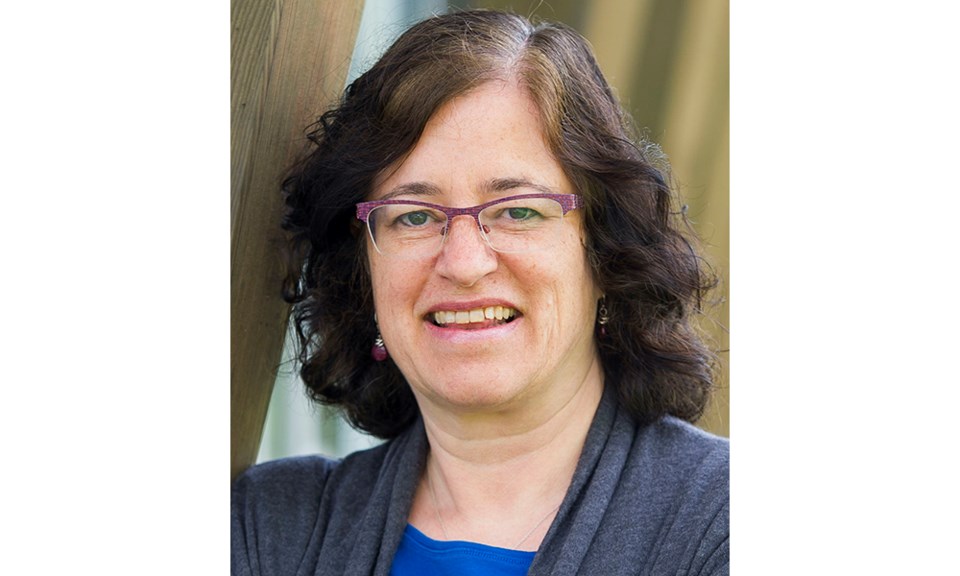With school set to start on Monday, I have to eat my words.
Two weeks ago, I predicted the government would update its June back-to-school plan to bring back mandatory masking, cohorts in schools and remote options that allow students to stay connected to their schools.
I was only partially correct – they did indeed update their plan and reinstate mandatory masking for grades four to 12, but did not bring back cohorts or remote options, other than distance learning, which requires students to cut ties with their neighbourhood school.
Last year, schools were organized into cohorts to limit the number of people each student and teacher would interact with. This year, apparently, that will not be the case. I can understand that, sort of, for secondary schools, where most students will be vaccinated and where schedules were created six months ago and are tough to adjust.
But in elementary schools, where children will not be vaccinated, it makes no sense. Without a remote option, classrooms will be more crowded than last year and physical distancing won’t be possible. Without cohorts, everyone in the school could potentially be exposed to a single case of COVID-19.
So colour me surprised. I will be keeping an eye on how this plays out, with the uber-contagious Delta variant causing a surge in cases around the world and here in British Columbia.
Since my last column, two weeks ago, B.C.’s daily average in cases has grown from around 500 to nearly 700. Hospitalizations have doubled, as have admissions to intensive care. Hundreds of people who are fully vaccinated are getting sick in B.C. each week, although so far it appears most of those cases are mild. In the United States, where school starts earlier than Labour Day, the number of children hospitalized with COVID-19 is at a record high
B.C.’s provincial health officer Dr. Bonnie Henry says she doesn’t expect an “explosion” of cases, but won’t be surprised if there is an increase in COVID-19 cases after schools open. The safety measures in place last year worked and they will be repeatd this year, she said. However, that ignores the increased transmissibility of the Delta variant and the fact that cohorts and online options that allow students to be connected with their local school won’t be in place this year.
Notifications will not be sent home for single COVID cases this year, but outbreaks and clusters will be reported, Dr. Henry said.
On the weekend, concerned B.C. parents and educators held a rally in Surrey to push for a mask mandate for all grades, better ventilation and remote options.
One parent, who spoke at the rally and identified herself as a family doctor, said the people in charge are failing to protect children.
“You don’t have to be a doctor to see that we are going into a situation this year that is so much more dangerous than it was last year,” she told the crowd. “If this is a pandemic of the unvaccinated, but our children are not vaccinated, that makes this a pandemic of our children.”
A dad who spoke called for a vaccine mandate for teachers and other school staff, rapid testing in schools and a plan to allow more space between students. Other parents who commented on the Facebook live stream called for remote learning options to be reinstated.
Those recommendations square with a recent report on school recommendations from the U.S. Centers for Disease Control, which calls for universal masking in schools for anyone older than two, regardless of vaccination status.
It goes further, calling for at least three feet of physical distance between students within classrooms, saying when that is not possible it is especially important to follow other prevention strategies, such as screening testing, when groups of asymptomatic people who have not had a known exposure are tested to monitor for COVID-19.
The other “layers of protection” the U.S. CDC recommends are ventilation, handwashing, staying home and getting tested when sick, contact tracing used with quarantine and isolation, as well as cleaning and disinfection. They recommend fully vaccinated people should be tested three to five days after any exposure, even if they have no symptoms. People who are not vaccinated should also be tested after any exposure, and should quarantine for 14 days regardless of the test result.
The U.S. CDC recently reported that one unvaccinated teacher in the U.S. who took off her mask to read to her students, spread COVID to 12 of her students as well as other members of their families.
Last year, 40 of B.C.’s 1,900 schools had to close temporarily due to COVID-19 outbreaks. B.C. was one of the few jurisdictions in North America to keep schools open and studies showed schools were not significant sources of COVID-19 spread. But that was before the Delta variant arrived here, so things could be different this year.
Keeping schools open is crucial for student mental health and research by the B.C. CDC found increased loneliness, mental and emotional health effects and interrupted learning from when schools were closed briefly in 2020.
I’m all for keeping schools open, but want to see it done safely. Decisions have to be made in the best interest of students and school staff, not based on wishful thinking or what is easiest. All eyes will be on B.C. schools this fall, let’s hope our kids remain safe.
Tracy Sherlock is a freelance journalist who writes about education and social issues. Read her blog or email her [email protected]

